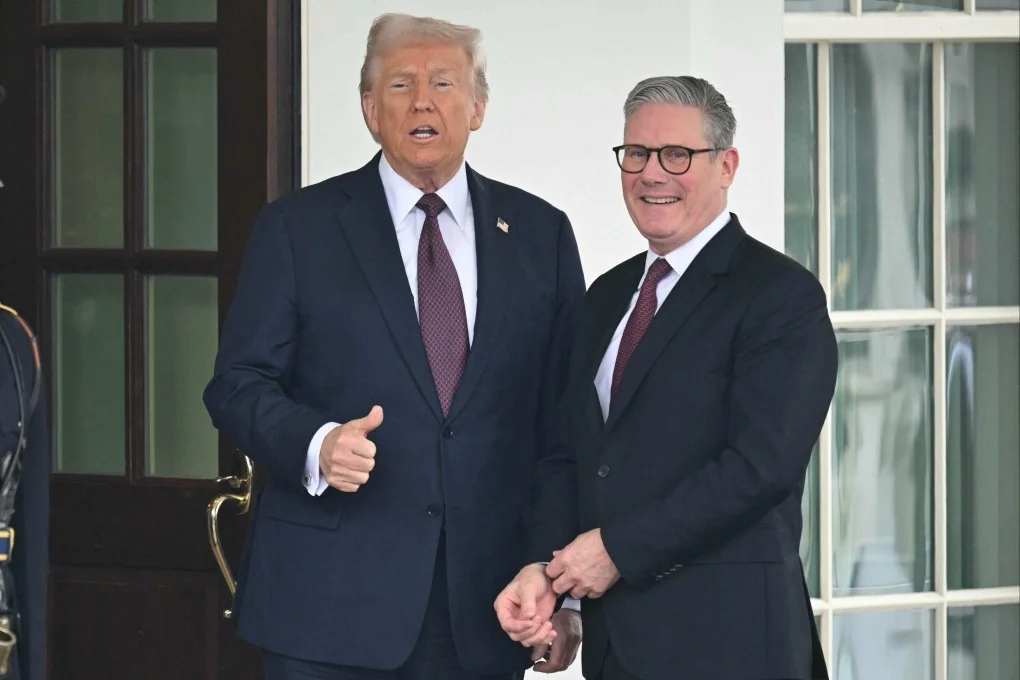On May 8, 2025, President Donald Trump and UK Prime Minister Keir Starmer announced a new trade agreement between the United States and the United Kingdom. The deal aims to ease trade tensions by adjusting tariffs and opening markets for key industries.
Key Provisions of the Agreement
- US Tariffs on UK Goods: The United States will maintain a general 10% tariff on most British imports. However, significant reductions include:
- Elimination of the 25% tariff on British steel and aluminum.
- Reduction of the 27.5% tariff on UK car exports to 10% for up to 100,000 vehicles annually.
- Removal of tariffs on British airplane parts.
- UK Tariffs on US Goods: The United Kingdom will lower its average tariff on American goods from 5.1% to 1.8%, affecting approximately 2,500 products. Notable changes include:
- Elimination of the 19% tariff on US ethanol, allowing up to $700 million in exports.
- Increased access for American beef and other agricultural products, while maintaining UK food safety standards.
- Additional Agreements:
- The UK has committed to purchasing $10 billion worth of Boeing aircraft.
- Both nations have agreed to streamline customs procedures and reduce non-tariff barriers, particularly in the aerospace and industrial sectors.Business Insider
Economic and Political Implications
Prime Minister Starmer described the agreement as a “historic day,” emphasizing its potential to safeguard thousands of UK jobs, especially in the automotive and steel industries. President Trump highlighted the deal as a model for future trade negotiations, showcasing progress amid broader economic concerns.
While the agreement marks a significant step in US-UK trade relations, it is considered a limited deal, leaving several contentious issues—such as digital services taxes and pharmaceutical pricing—unaddressed. Further negotiations are anticipated to expand upon this framework.



